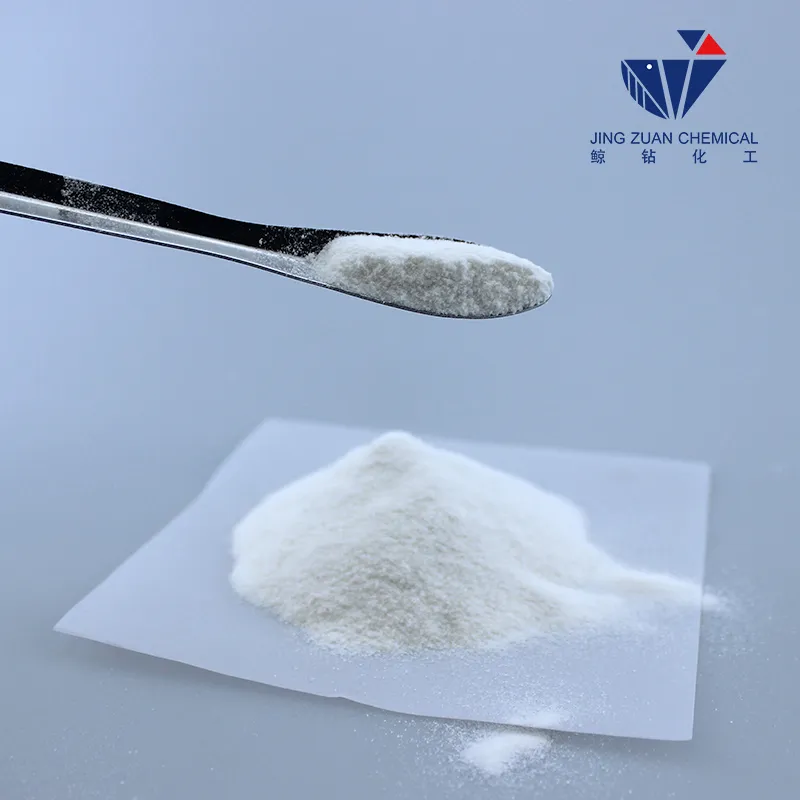
11-р сар . 21, 2024 16:06 Back to list
how is hydroxyethyl cellulose made
How is Hydroxyethyl Cellulose Made?
Hydroxyethyl cellulose (HEC) is a water-soluble polymer derived from cellulose, a natural polymer that forms the structural component of plants. HEC is widely used in various industries, including pharmaceuticals, cosmetics, food, and construction, due to its excellent thickening, gelling, and stabilizing properties. Understanding how HEC is made involves delving into its production processes, the reagents used, and the significance of this versatile compound.
The Sources of Cellulose
The journey of HEC begins with cellulose, which can be sourced from various plant materials such as wood, cotton, or hemp. These raw materials are rich in cellulose fibers, which are the backbone for the synthesis of HEC. The extraction process typically involves pretreatment to break down the lignin and hemicellulose components that bind the cellulose fibers, making them more accessible for further processing.
The Production Process
1. Cellulose Extraction The first step in HEC production is to extract cellulose from the plant material. This is usually done through a chemical process that involves treating the raw materials with alkali and water. This treatment separates cellulose from other components while preserving its structural integrity.
2. Alkylation Reaction Once pure cellulose is obtained, it undergoes an alkylation reaction to create hydroxyethyl cellulose. In this stage, ethylene oxide is added to the cellulose in an alkaline environment. The ethylene oxide reacts with the hydroxyl groups present on the cellulose chains, substituting the hydrogen atoms. This reaction introduces hydroxyethyl groups (-CH2CH2OH) into the cellulose structure, transforming it into hydroxyethyl cellulose.
how is hydroxyethyl cellulose made

3. Purification After the alkylation process, the resultant hydroxyethyl cellulose mixture needs to be purified to remove any unreacted chemicals or byproducts. This is usually accomplished through neutralization, washing, and possibly drying to yield a finely powdered product. The purity of the final product is crucial, especially for applications in pharmaceuticals and food, where contaminants can have significant ramifications.
4. Testing and Quality Control Once purification is complete, the HEC undergoes rigorous testing to determine its viscosity, solubility, and molecular weight. These characteristics dictate how HEC will perform in various applications. Quality control ensures that the product meets industry standards and specific customer requirements.
Applications of Hydroxyethyl Cellulose
HEC's unique properties make it highly versatile. In the pharmaceutical industry, HEC serves as a thickening agent and stabilizer in gels and lotions. In cosmetics, it is used to improve the texture and flow of products like shampoos and creams. HEC also plays a crucial role in construction, where it is used as an additive in mortars, plasters, and paints to improve workability and reduce water retention.
Moreover, in the food industry, HEC acts as a thickener and stabilizer in sauces and dressings, enhancing the sensory experience of the end product. Its ability to retain moisture also makes it useful in baking, where it helps improve the shelf life and texture of baked goods.
Conclusion
The production of hydroxyethyl cellulose involves a series of careful, well-controlled steps that transform raw plant material into a functional and sought-after polymer. From the extraction of cellulose to the alkylation process and subsequent purification, each stage is vital in creating a product that meets the diverse needs of various industries. As applications of HEC continue to evolve, its significance as a multifunctional agent remains strong, making it an essential component in the development of innovative products across multiple sectors. By understanding the processes involved in its production, industries can better harness the potential of hydroxyethyl cellulose, reinforcing its role in modern formulations.
-
Unlocking the Benefits of HPMC Products: A Gateway to Versatile Applications
NewsAug.07,2025
-
Unleashing the Potential of HPMC Ashland: A Comprehensive Look
NewsAug.07,2025
-
Tile Bonding Cellulose: The Key to Superior Adhesion and Durability
NewsAug.07,2025
-
Hydroxypropyl Methylcellulose Powder: The Versatile Component in Modern Pharmaceuticals
NewsAug.07,2025
-
Hydroxyethyl Cellulose: The Versatile Solution for Various Industries
NewsAug.07,2025
-
Hydroxyethyl Cellulose (HEC): The Versatile Polymer for Various Applications
NewsAug.07,2025







